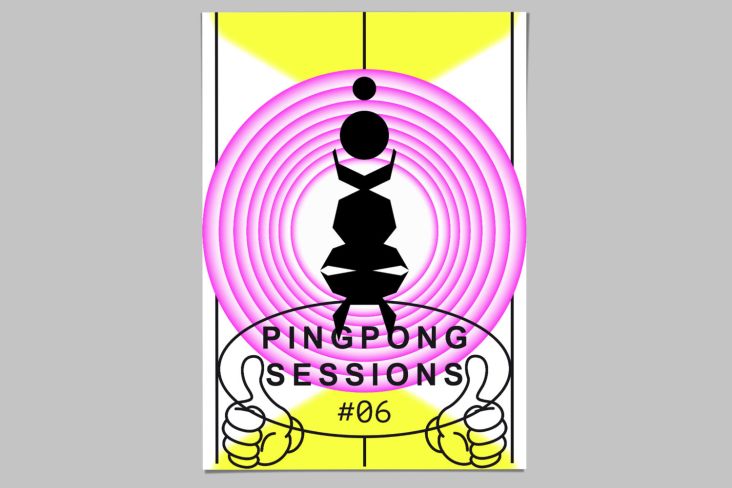Five ways to super-boost your income as a creative freelancer
You’ve made it. After all these years of struggling, you’ve finally got regular work from reliable clients, who pay on time and in full. Happy days.

Image licensed via Adobe Stock
But hold a moment. You’re not just going to settle for that, are you?
Becoming a successful freelancer is one thing. But you should still be thinking of ways to become more successful. So in this article, we look at some tried-and-tested ways to super-boost your freelance finances.
1. Raise your rates
Many freelancers, even long-term ones, are frightened of raising rates. The palpable fear is that it will lose you work, or upset longstanding clients, and generally be massively counterproductive.
It’s an understandable fear to have. And yet we’ve heard anecdotally from so many successful freelancers that, once they did it, they realised their fears were unfounded. More than that, it turns out raising your rates can increase your client base.
Why? Simple psychology. If your services cost more, people assume your work will be of a higher standard.
Of course, this won’t work if you’re a novice, but if you’ve got a few years’ experience under your belt, then it stands to reason your work probably has become better. So why not charge for it accordingly?
And if a few clients walk away, so be it. Stick to your guns; there’ll be plenty more where that came from. You might have to spend a few weeks calming your nerves, but in the long term you will end up benefiting enormously.
2. Get paid upfront
Increasing your rates isn’t just about getting paid more; you can also benefit by being paid more promptly.
When you first start freelancing, it’s naturally to agree to whatever payment terms the client offers, even if that means waiting months to see any money. But that’s no fun when bills are due, and there’s always the nagging fear that if the client ever went bankrupt, that money might never materialise at all.
So once you’ve made a success of your freelance career, why not take a second look at those ageing payment terms with regular clients, and see if you can’t renegotiate them?
And when it comes to a big new project, it may be time to ask for some (or all) of the money upfront. Other successful freelancers manage to negotiate this, so there’s no logical reason you can’t as well. Just go for it.
3. Up-sell to existing clients
The most common way to increase your income as a freelancer is to take on extra clients. But logically, you’re far better off trying to persuade existing clients to give you more projects.
That way, you have fewer people to deal with, less time spent in meetings, fewer emails to answer, and more time doing creative work.
Of course, you have to be subtle about it: you don’t want to give clients the impression you’re just trying to squeeze the maximum amount of cash out of them (even if you are). Instead, you need to couch it in terms of understanding their needs and helping them out.
After all, it’s in their interests to deal with as few freelancers as possible too. They already know and like you, and you’ve spent time developing a relationship; so they’ll be able to deliver the brief in confidence you “get them” and you’ll provide quality work, to a deadline.
For all these reasons, it’s worth spending time researching your client, finding out where they might need extra creative work, and then subtly but decisively making your pitch.
4. Collaborate with others
One of the biggest causes of work-life imbalance as a freelancer is taking on too much work. But rather than burning the midnight oil, why not start to sub-contract it?
You could start training up a junior designer on a lower rate and make a profit, or you could team up with a peer and pass on extra work (on the understanding that they might throw some of their work your way during a lean time for you).
Alternatively, you might want to team up with one or two other seasoned creatives and start pitching jointly for more significant projects.
Between you, you’ll have a broader range of past and present clients to pitch to. Plus if you can find people with complementary skills to you (e.g. a graphic designer teaming up with a 3D artist), you’ll be able to pitch for a broader range of projects.
5. Start your own company
In all honesty, as a lone freelancer, your income is only ever going to grow a certain amount. If you’re interested in exponential income growth, you need to make the leap from freelancer to entrepreneur.
You’ll be in good company: creative freelancers transition to fully-fledged business owners all the time. They start digital product companies, often developing and marketing tools that they’ve created themselves to help out in their freelance work. Or they collaborate with others to the point at which they eventually found their agency.
You don’t have to be an experienced freelancer to start a company, but it certainly helps. Think about it: you’ve spent years getting your head around everything from practical matters like invoicing, accounting and taxes to broader concepts like market trends and customer service.
Making the jump to a business owner is only a small step further. And if you’re nervous about income stability, you can even continue your regular freelance by day and work on your business by night. But however you go about it: identify a market that needs serving, believe in yourself, work hard, and there’s no reason you can’t succeed.




 by Tüpokompanii](https://www.creativeboom.com/upload/articles/58/58684538770fb5b428dc1882f7a732f153500153_732.jpg)


 using <a href="https://www.ohnotype.co/fonts/obviously" target="_blank">Obviously</a> by Oh No Type Co., Art Director, Brand & Creative—Spotify](https://www.creativeboom.com/upload/articles/6e/6ed31eddc26fa563f213fc76d6993dab9231ffe4_732.jpg)









](https://www.creativeboom.com/upload/articles/ce/cedb1d7f67db4cf72dd9304fbf08e59b524461a6_732.jpeg)



](https://www.creativeboom.com/upload/articles/f5/f53946a7aa1cb8a87d2b613f09ed0e7cfb7d6949_732.jpeg)


